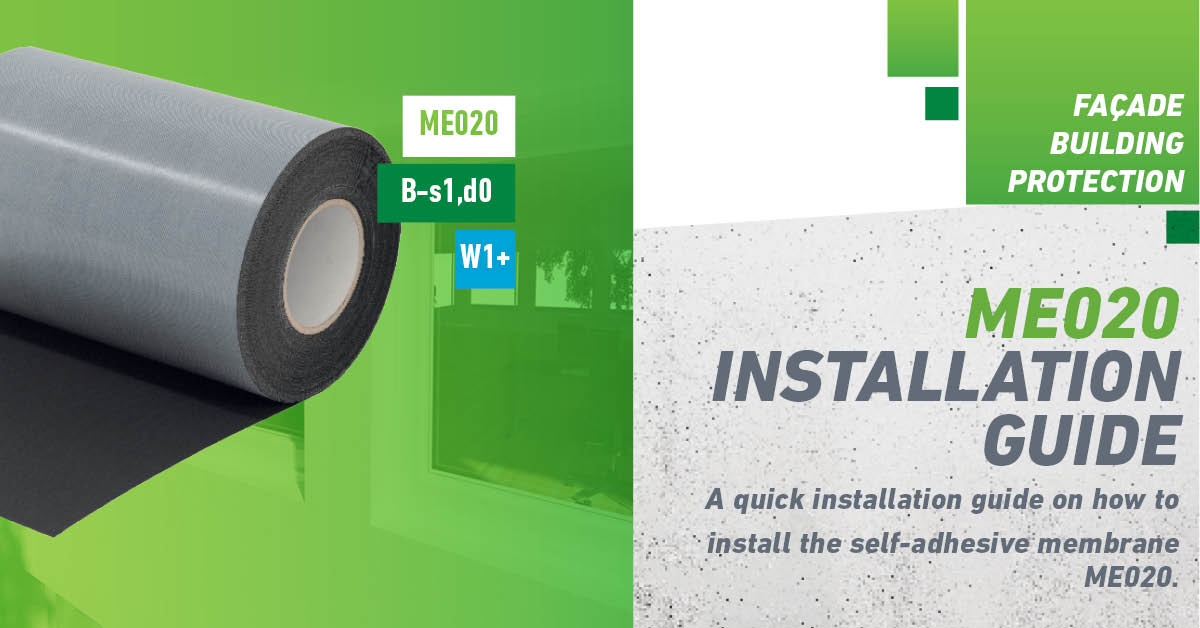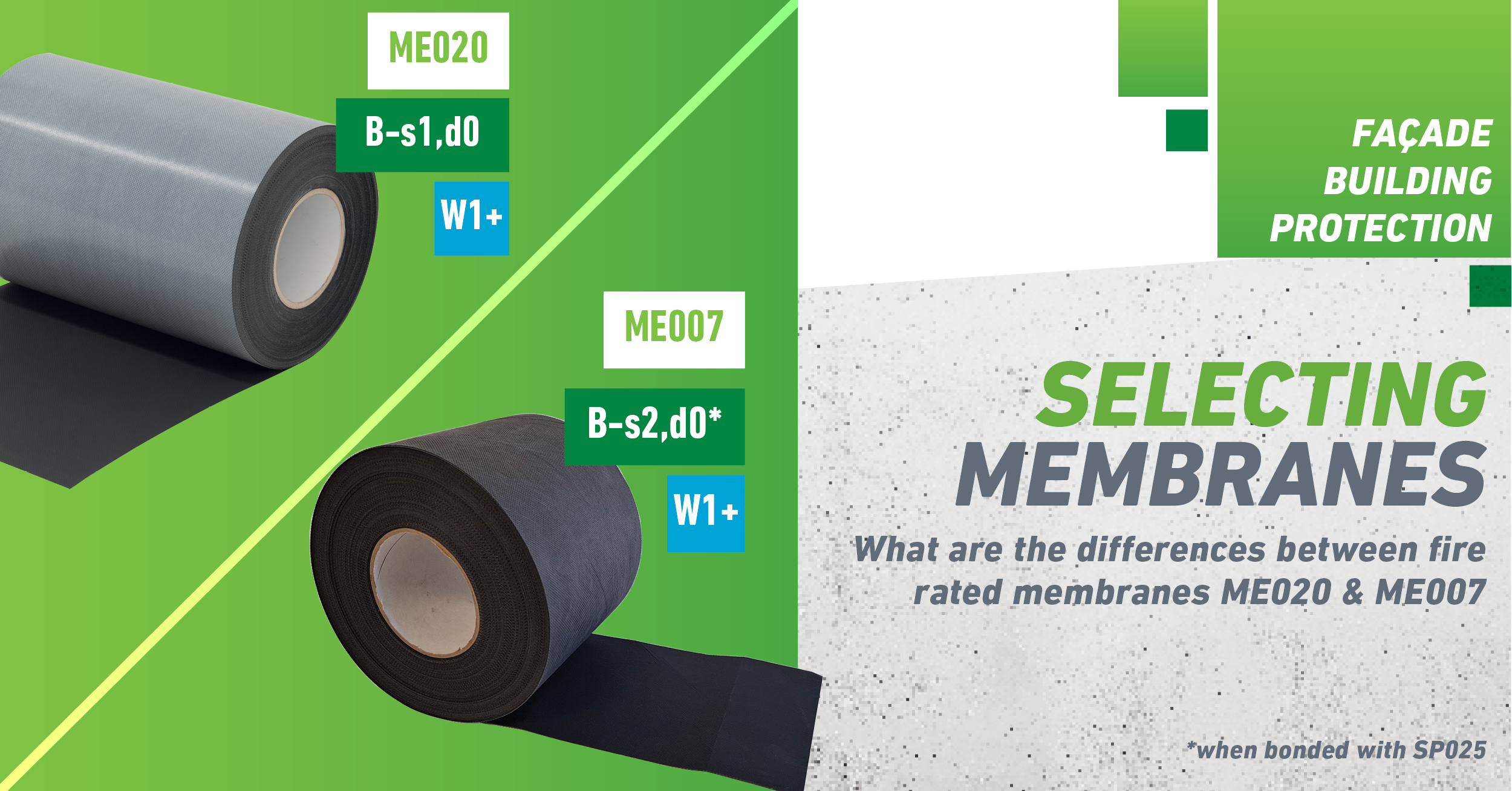Mould Growth on Window Joints

Basic Rules for Professional Installation
We all know that to prevent mould, you need to prevent damp. However, when planning joint detailing and working on the installation, uncertainty or poor decisions often result in mistakes being made. Time pressures on the construction site, inadequate planning and poor co-ordination between the various trades involved in the project all compound the situation. There are major challenges to overcome in modern window installations: today's construction methods require a building to be highly airtight and well insulated to eliminate the risk of damp. However, if you follow a few basic ground rules, there is no reason why you cannot achieve a professional installation result. Our experts – application engineer Andreas Zimmermann and GIH lecturer Wolfram Kommke – tell you everything you need to know in part 2 of our series on mould growth.
Sealing building joints
In theory, mould prevention is simple: The building envelope must satisfy the applicable standards for heat insulation, driving rain protection, airtightness and resistance to damp. However, the quality of the finished building is only ever as good as the sum of its parts. While walls and high-tech windows in particular have no trouble meeting the required standard, the interfaces between these two components present a greater challenge. In these areas, different levels of thermal conductivity and different physical properties converge. If this careful balance is disturbed – during renovation work, for example – without following the important ground rules that apply to the situation, the consequences can be serious.
Windows: A great deal of scope for error
In many cases, things start to go wrong when the window position is selected. If the window is installed too close to the external face of the building in a monolithic external wall, the cooled wall and warm, moist room air will meet, resulting in a high level of relative humidity that persists for extended periods of time. In the most serious cases, condensation forms. Eventually, this condensation will cause visible areas of mould to form on the reveal adjacent to the window. The upper and lower joint details – such as concrete lintels and window sill joints – are particularly vulnerable.
For the correct window position – work out the dew point
The presence of mould in an area indicates where the surface temperature is too low, and therefore where the joint to the thermally-insulating window should have been placed. With the help of the right isothermal and moisture calculations, you can prevent mould before it has a chance to form. The planned position of the window in the reveal can be checked in advance and corrected if necessary. Unfortunately, in rushed renovation projects, the importance of this step is often underestimated – or the calculations are omitted from the process entirely. This is a particular problem where window replacement and exterior wall insulation are planned together, but not executed simultaneously. Clients should therefore be advised that these renovations should be completed during the same phase of the construction project.
The airtight building envelope: A tough challenge
The building envelope – which cannot be subjected to such thorough checks – presents an even greater challenge. The construction must be completely airtight, but this can be complicated to achieve, particularly around the window joints. Often, window joints require multiple materials to be internally joined together to form a completely airtight seal. Any leaks or weak points are covered and can no longer be seen at a later stage. However, these weak points allow moist air through, which turns to condensate on the inside of the joint. The moisture reduces the efficiency of the thermal insulation, which will eventually result in mould growth. The joint should be sealed, and steps taken to ensure that the moisture that has entered the joint via diffusion can escape more easily than new moisture can penetrate the joint from the room.
The principle: A tighter seal on the inside
The RAL guidelines on planning and installing windows and doors in new buildings and renovation projects provide clear and practical instructions on how to achieve this. Many of the products available on the market are suitable, including joint sealing and window joint membranes, compressed joint sealing and multi-functional impregnated tapes, PU window foams and other sealants. The ultimate aim is to achieve a construction that is airtight and damp-resistant on the inside, while open to diffusion, resistant to driving rain and weatherproof on the outside; in the centre, the joint should provide insulation against heat and noise. To achieve this goal, the sealing materials must be long-lasting and work together to prevent air from flowing outwards from the inside of the room, while also allowing the diffusion of moisture externally, depending on their position in the window joint.
Common mistakes in window installation
Good communication between all parties involved in the construction project is key to the achievement of a professional result. Details must be carefully planned and decisions must not be left solely to the window fitter. The fitter must be capable of combining the selected products in the correct way. A tried-and-tested sealing system is the lowest-risk option, but mistakes during installation can still impact the efficacy of these solutions. A membrane that is designed for either internal or external (but not both) use can easily be mixed up, resulting in the wrong type being fitted in the wrong location. This error not only prevents moisture from escaping externally, but also results in it building up on the inside of the outer material. Manufacturers should therefore design their products with intuitive use in mind. A variable Sd value is a useful feature in these types of membranes, enabling them to be fitted both internally and externally.
A lack of care when finishing joints can also create problems further down the line. Often, quotations fail to account for sufficient time for this task, and work on building sites is often carried out under considerable time pressure. If you simply cross your fingers and hope that it will all work out in the end, you could be in for a shock later: If you live in the house yourself, you'll have to deal with mould, and if you're just fitting the windows, your customers will complain.











